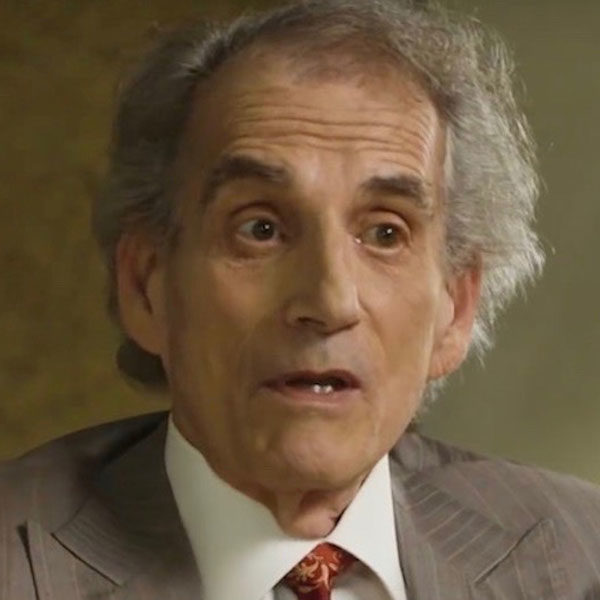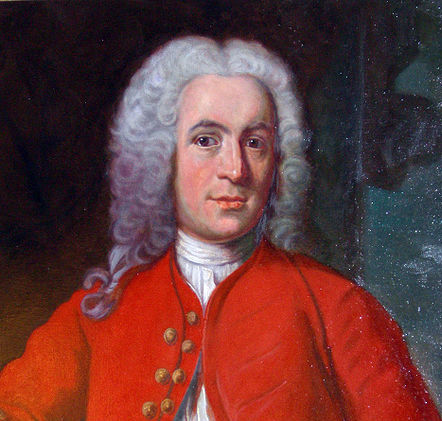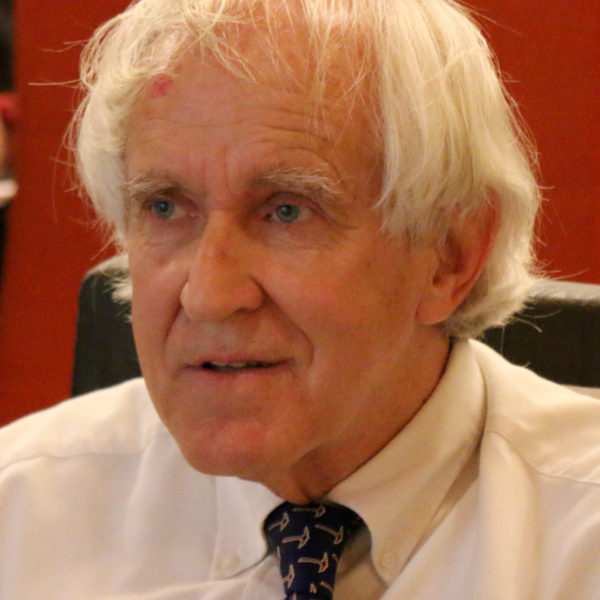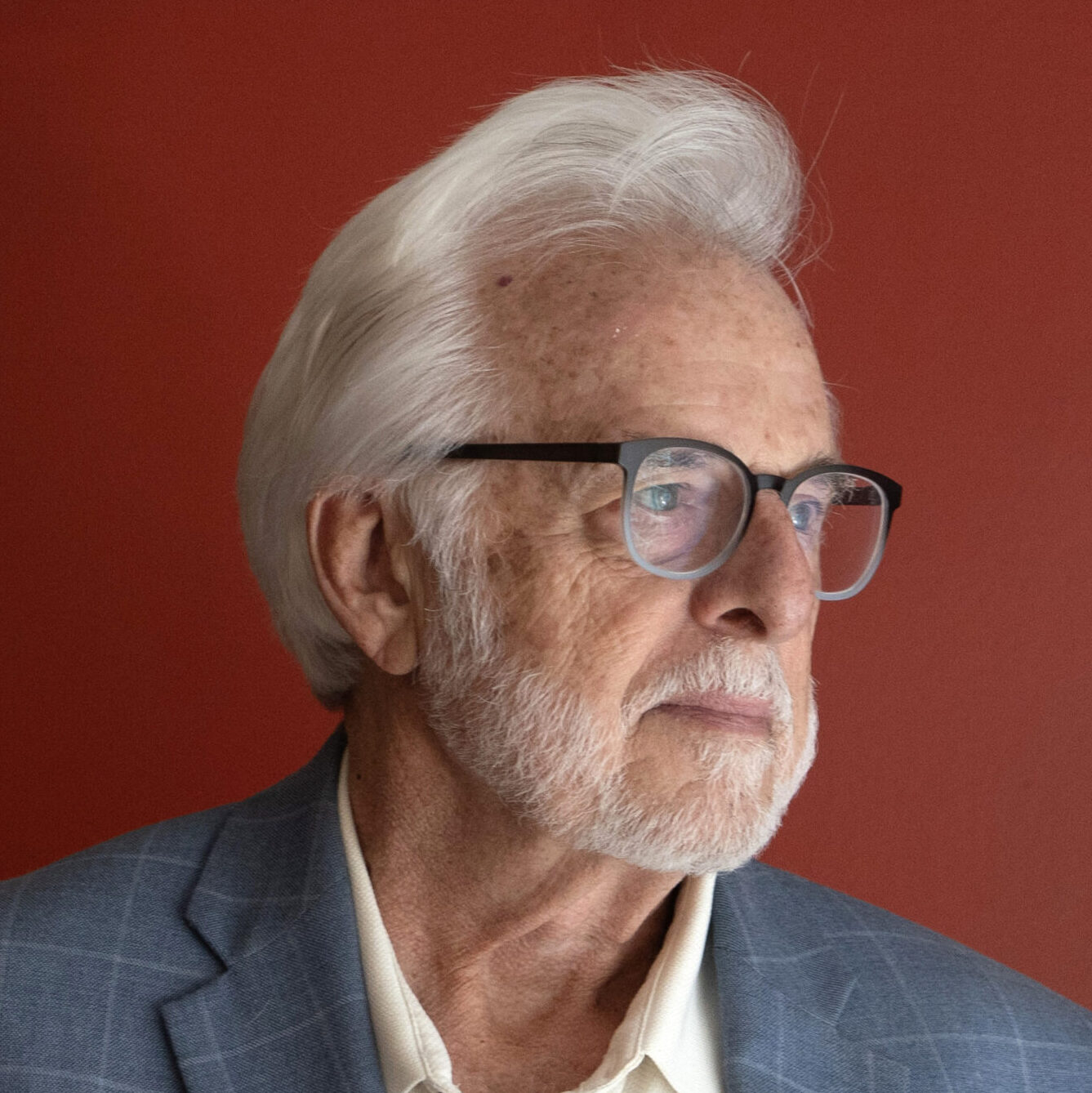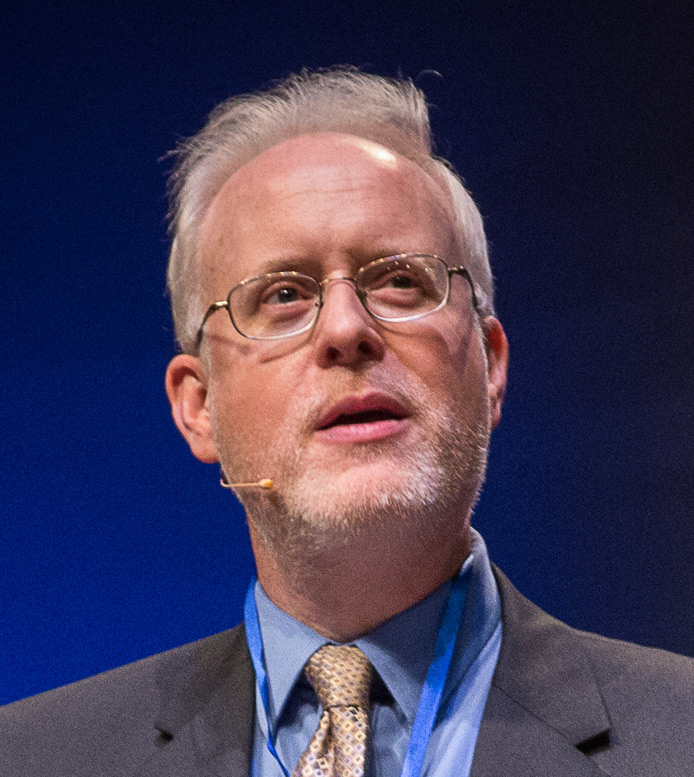Has Craig Venter Produced Artificial Life?
“Artificial life, the stuff of dreams and nightmares, has arrived.” So proclaimed The Economist on May 20th, after a team of scientists headed by J. Craig Venter [2] announced that it had replaced the natural DNA in a bacterial cell with DNA they had artificially synthesized.
According to University of Pennsylvania philosopher and bioethicist Arthur Caplan, “Venter and his colleagues have shown that the material world can be manipulated to produce what we recognize as life. In doing so they bring to an end a debate about the nature of life that has lasted thousands of years. Their achievement undermines a fundamental belief about the nature of life that is likely to prove as momentous to our view of ourselves and our place in the Universe as the discoveries of Galileo, Copernicus, Darwin and Einstein.”
Whoa! Wait a minute!
What Venter and his team did was to determine the sequence of the DNA in one of the world’s simplest bacteria, use the sequence information to synthesize a copy of that DNA from subunits sold by a biological supply company, then put the synthetic copy of DNA into a living bacterial cell from which the natural DNA had been removed.
As Nicholas Wade pointed out in The New York Times, Eckard Wimmer and his colleagues did something similar in 2002 by synthesizing poliovirus RNA. Wimmer and his colleagues then used that synthetic RNA to make functioning polioviruses. But viruses are not living cells. No one has ever been able to make a living cell from its DNA–not even Craig Venter.



